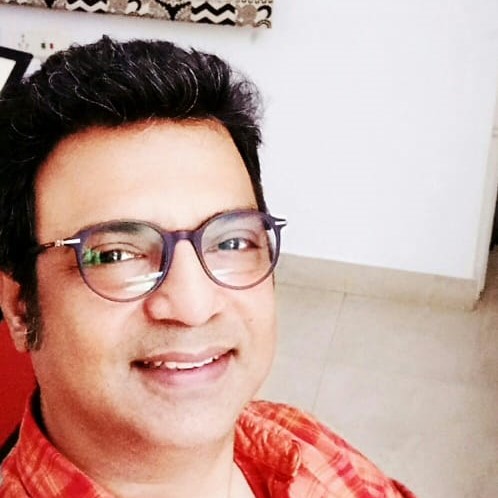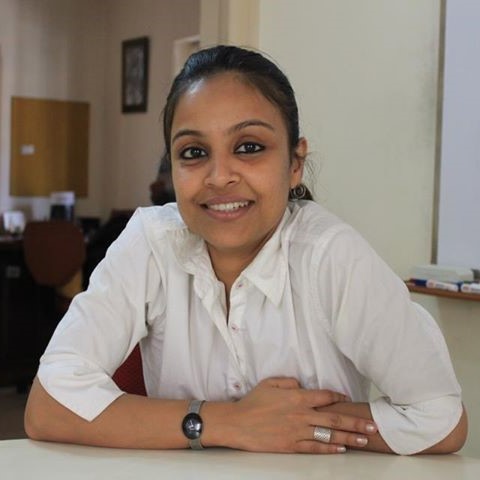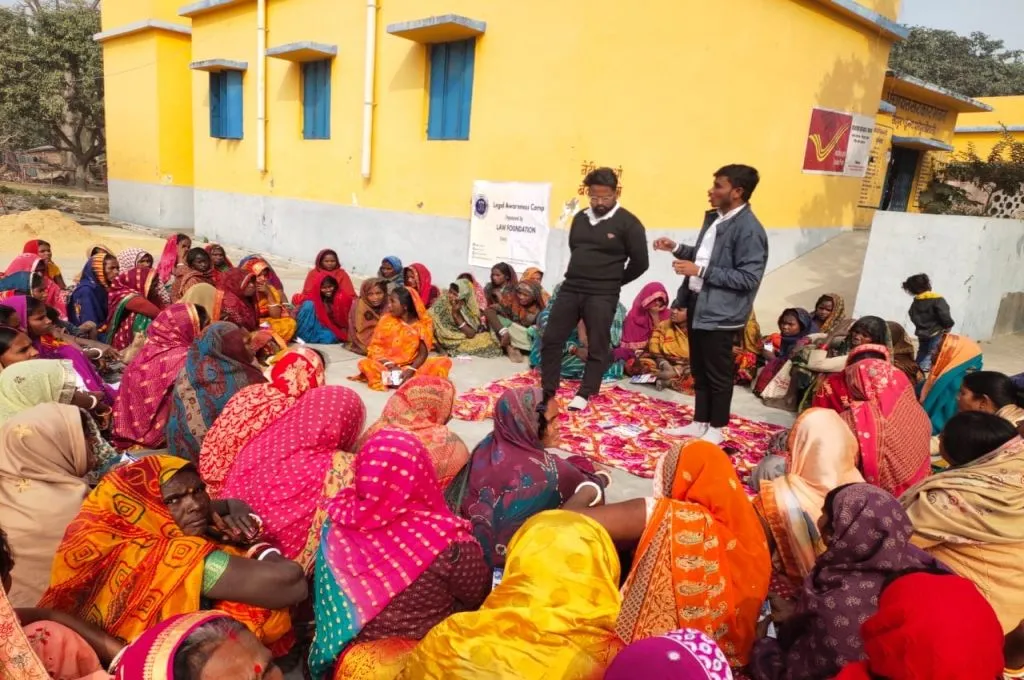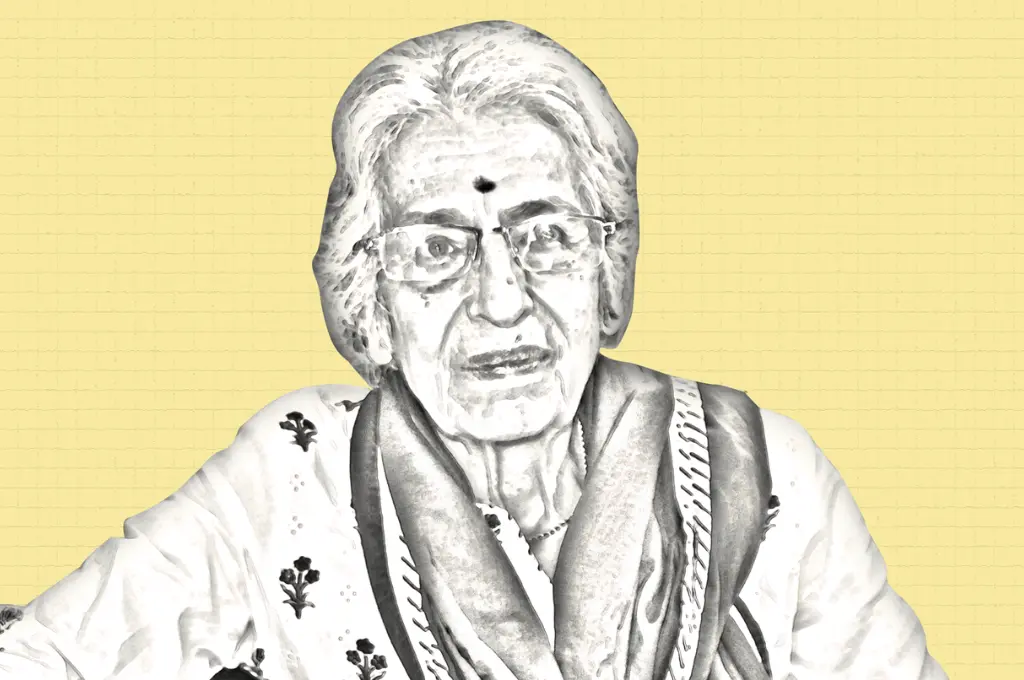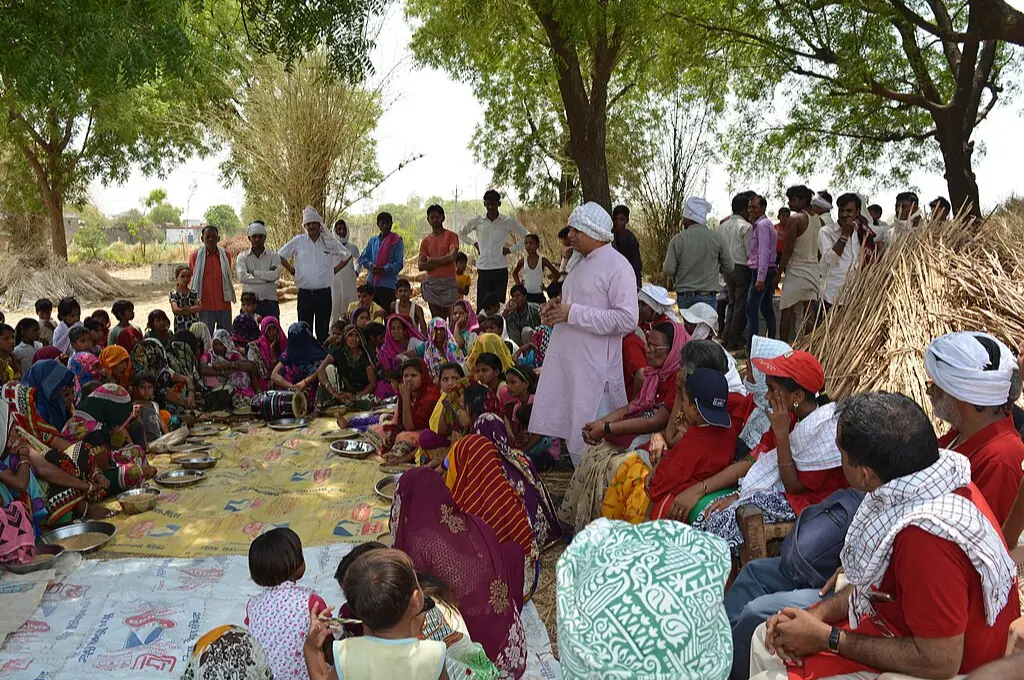Stigma is like a hair in your mouth that is invisible to the eye, you can feel it constantly, it’s an irritant, you learn to live with it, but it constantly makes you feel that your mouth has been contaminated by something you have no power over, that your mouth has been colonised.
Millions of people across the world battle stigma in their daily lives. They are stigmatised for different reasons—the colour of their skin or their race, their sexual orientation, or gender identity. They are shamed for having suffered sexual violence and having ‘lost their purity’. Widows, people with disabilities, people suffering from diseases—everyone can be stigmatised and subjected to hate, disgust, shame, and rage.
Related article: A disorganised response to an organised crime

The social and political impacts of stigma are hatred, intolerance, violence and exploitation of people, greater conflict, and disharmony in communities.
Research on stigma shows that its impact is psychologically and socially debilitating for victims. For example, one research study on the role of stigma and stigmatisation among female survivors of child sexual abuse, sexual assault, and intimate partner violence found that stigma and related symptoms (such as post-traumatic stress), indicated which youth with abuse histories experienced more sexual difficulties and dating aggression, more than the severity of abuse did. It also observed that stigma and stigmatisation play an important role in shaping survivors’ thoughts, feelings, and behaviours as they recover. It further impacts their risk of re-victimisation, and their help-seeking and attainment process.
Another study on the impact of stigma on people with mental illnesses found that when people with psychiatric disabilities live in a society that widely endorses stigmatising ideas, they internalise these ideas and believe that they are less valued because of their disorder.
The social and political impacts of stigma are hatred, intolerance, violence and exploitation of people, greater conflict, and disharmony in communities. The economic impacts are greater health costs, lower productivity and lost labour, and increased costs of law enforcement.
Stigmatised persons are less likely to seek health services or be able to work or remain in employment. In the case of sexual violence, survivors may not wish to report the crimes in fear of stigma. Even in cases of sex trafficking or rape where the state prosecutes offenders, survivors may avoid participating in trials or testifying in courts for fear of further stigma. This impunity of offenders, a result of the fear of stigma, results in further exacerbation of the crime.
Even in cases of sex trafficking or rape, survivors may avoid participating in trials or testifying in courts for fear of further stigma.
The issue of stigma of survivors of sex trafficking is, in many ways, unique. The identity of being a survivor of sexual exploitation is not an identity by birth, class, or caste, and in that sense, is not a permanent identity. At the same time, the stigma for a person who has been in prostitution, by choice or force, continues to linger well after the person exits prostitution—within family, in social groups, and even in institutions.

In our research on stigma experienced by survivors of sex trafficking, we found that they experience several layers of stigma. One of the sources is their own guilt and shame. They often grow up in a family and society that have strict norms for women’s sexuality, and prostitution is an extreme violation of that morality. They internalise the stigma associated with prostitution and stigmatise themselves.
To add to that is the stigma perpetuated against them by their family, neighbours, friends, peers, and service providers, including social workers and activists who implement rehabilitation projects with them. Combined, they begin to predict and anticipate stigma, and start withdrawing. This experience is not peculiar to trafficked survivors alone. For example—a Dalit person may internalise the stigma he or she is subjected to from the external world, and anticipate that they will be subject to it no matter where they are.
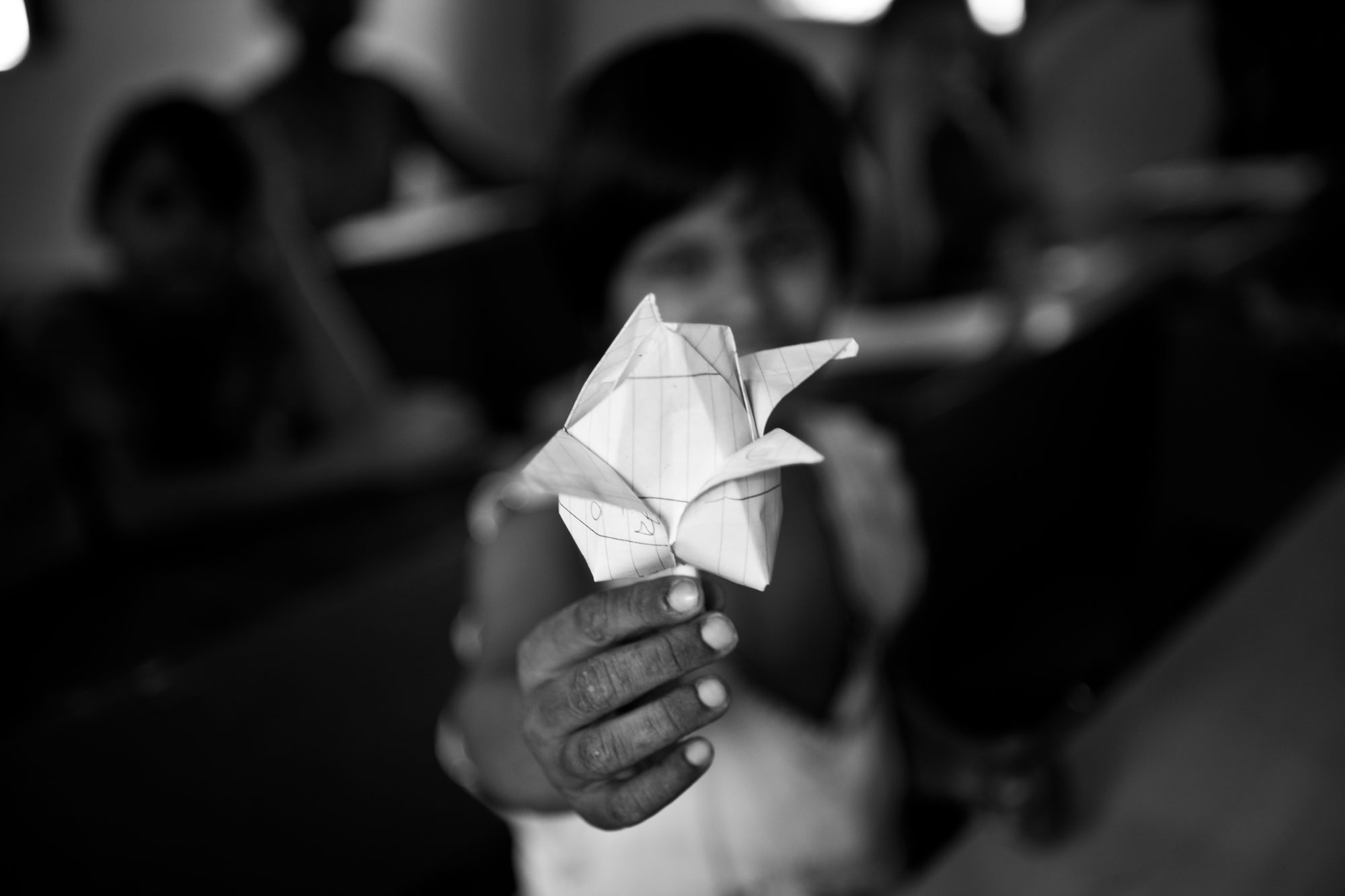
‘Rewards for speaking out’ is a strategy used by nonprofits where they affirm and reward a stakeholder for a positive role they played in supporting survivors against stigma. | Photo courtesy: Charlotte Anderson
Through our work and research with survivors of trafficking, we have developed a five point approach to mitigate stigma.
A structured and organised set of trainings and experiential workshops with survivors of sexual exploitation is required to address their internalised stigma. Unless some of the moral judgements that survivors internalise are questioned, they could continue to introject the social hate towards sex work, suffer from mental health problems, and be vulnerable to self-harm. And no matter how many other opportunities and services are provided, they could find it difficult to avail of them. This could make service providers further prejudiced against them, and perpetuate beliefs that they are used to easy money, are sexually corrupted, and so on.
Social workers who engage with a family member, neighbour, or relative who stigmatises someone, also need to understand what the consequences of stigma are on a person, beyond just feeling bad, hurt, or insulted. Further, stigmatisers need to understand how their prejudices can have debilitating impacts on a person psychologically, physically, and emotionally, can seriously damage a person’s resilience and self-esteem, and may push them into self-harm. Also, a stigma education programme should help people understand why a person stigmatises and where one’s source of hate, prejudice, irritation, and intolerance may lie.
Related article: Backlash: the consequences of defying gender norms
It is important to create interfaces and engagement between stakeholders, such as the government or civil society, and survivors. Often, survivors may be projected as objects of pity and sympathy at best, and are called upon to play tokenistic roles in meetings and conferences. What is needed is for survivors to engage with stakeholders directly to claim their services and entitlements, and not have social workers do it on their behalf.
Engagement should also happen through meetings where survivors participate fully. For instance, the nonprofit Utthan conducts workshops with stakeholders on victim compensation. At such meetings, survivors are the organisers, hosts, and the principal presenters, and stakeholders join the meeting as participants and guests. Such engagements change perceptions about survivors—from resourceless, hapless victims to people who are powerful, assertive, creative, and resourceful.
Collective protests against discrimination and stigma towards survivors help turn shame, fear, and alienation into confidence, while reducing stigma. These protests could be in response to a particular incident for one survivor in the family or community, about administrative apathy, or about prejudices in state policy.
This is a strategy used by nonprofits as well as survivors where they affirm and reward a stakeholder for a positive role they played in supporting survivors against stigma, alienation, and violence, and withhold these social rewards and appreciation from those who are mute bystanders.
Anti-stigma interventions are critical for survivors of trafficking. No rehabilitation programme can be successful without addressing stigma and un-shaming of survivors. However, the need for anti-stigma interventions is not limited to survivors of sex trafficking. It needs to be an important component of civil society action for other communities as well: Dalits, LGBTQI persons, drug addicts, ex-convicts, and others. It requires targeted efforts to build the resilience of people who are or have been victims of social stigma.

